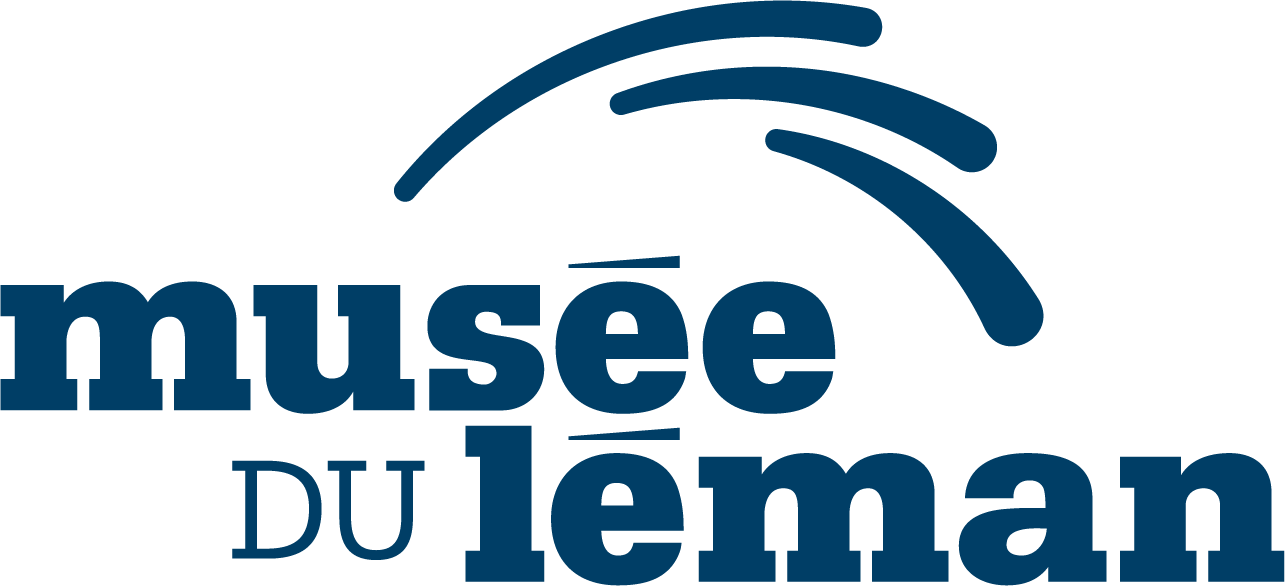The Lake Geneva Museum was founded in 1954 and came into being in Nyon at the incentive of Edgar Pélichet, who at the time was the head of archaeology in the Canton of Vaud. On 5 July, three rooms (fishing, sailing and birds) were inaugurated in the former Nyon hospital, built between 1756 and 1758, in an exhibition area of 120 m2.
The history of the Museum
From Centre to Museum, from volunteers to professionals
The Lake Geneva Museum, fervently and adoringly supported by a public that visits it assiduously, has already lived several lives, has had two names and has experienced three rebirths.
.1954
1968
Edgar Pélichet found it hard to keep the museum afloat on his own. When he retired in 1968, the town authorities envisaged its closure. But this was not the understanding of the people who lived along Lake Geneva; the lake had become a key issue with the threat of pollution, inciting action on the part of the local population. A movement emerged, supported by the inhabitants of Rive, key personalities of the region and the Association Pro Novioduno.
1975
André Jeanneret, the then director of the Ethnographic Museum of Geneva, initiated the re-opening of the museum, to be known as the Maison du Léman (Lake Geneva Centre), and proposed a new general concept for the exhibition. His multidisciplinary vision included both the cultural and the natural aspects of the lake. Seven new rooms were inaugurated in quick succession, and major collections like those of the painter Abraham Hermanjat and the model-maker Aldo Balmas were incorporated. The museum now had an area of 230 m2.
1985
A further master stroke was the opening in the Lake Geneva Museum of the biggest aquariums in French-speaking Switzerland, with the support of private benefactors. 24,159 visitors rushed to see them (the previous year, 9,984 people had visited the Museum). The town agreed to modernise the building; heating, a lift, a cafeteria and new exhibition rooms were put in. The permanent exhibition area now disposed of 1600 m2 with 200 m2 for temporary exhibitions.
1989
The authorities agreed to professionalise the Nyon museums. Thanks to a fixed annual budget, the museum – once again known as the Lake Geneva Museum – could at last expand its collections, programme exhibitions and events and implement scientific projects.
1998
Thanks to the Fondation Ernest Dubois, the Museum was able to set up a documentation centre. From 16 to 18 September 1998, the Museum organised a multidisciplinary colloquium entitled “Découvrir le Léman, 100 ans après François-Alphonse Forel” (Discovering Lake Geneva 100 years after François-Alphonse Forel).
1999
Jacques Piccard donated his personal archives to the Museum, and subsequently those of his father Auguste in 2008.
2001
The town inaugurated a repository for the collections of its three museums. The repository would be enlarged in 2012.
2013
The Museum welcomed its 750,000th visitor. On 16 July, the Fondation pour le Musée du Léman was set up with as its main purpose the building of an extension to the Museum.
2014
The Fondation organised an international architectural competition for the extension. The FHV in Lausanne was the winner with its project Noviodunum.
2017
The Museum took up its quarters at Nyon’s Paleo Festival for a week. On 16 August, dozens of journalists were present when the floating mast, a bathing attraction of the 1930s, that had been rediscovered at a depth of 120 metres, was removed from the lake. A week later, the mast was installed in the courtyard of the Museum.
2018
The Lake Geneva Shipping Company (CGN) donated its archives and many historical objects to the Museum. The generosity of the Fondation Ernest Dubois enabled the restoration both of Lake Geneva’s most famous yacht, the Fleur Bleue of 1939, and of the big stained glass window made for a house in Morges by the Pierre Chiara workshop in 1908.
What's next?
Discover the museum’s expansion project and how you can contribute to its history.
Contact
Horaires
De 10h à 18h
Du mardi au dimanche
Fêtes de fin d'année
Fermé les 24, 25 et 31 décembre
Ouvert et entrée libre les 1, 2, 3 et 4 janvier
